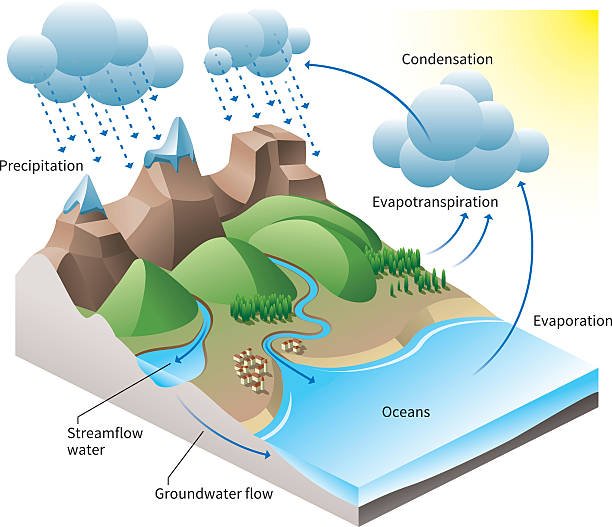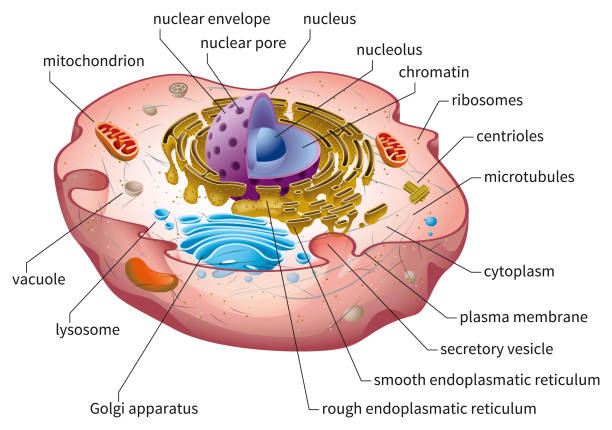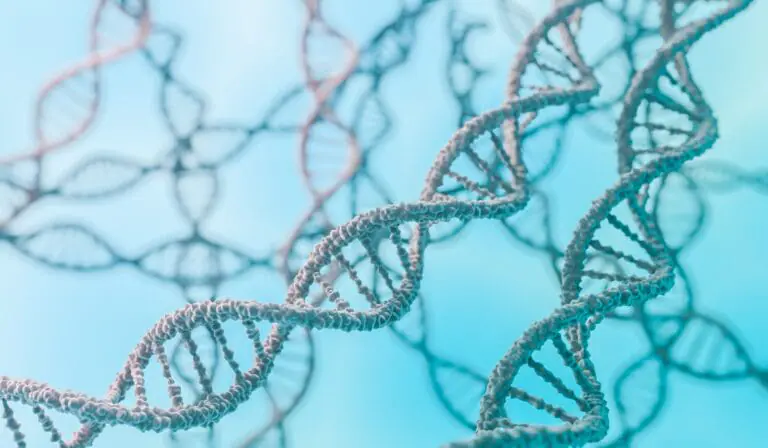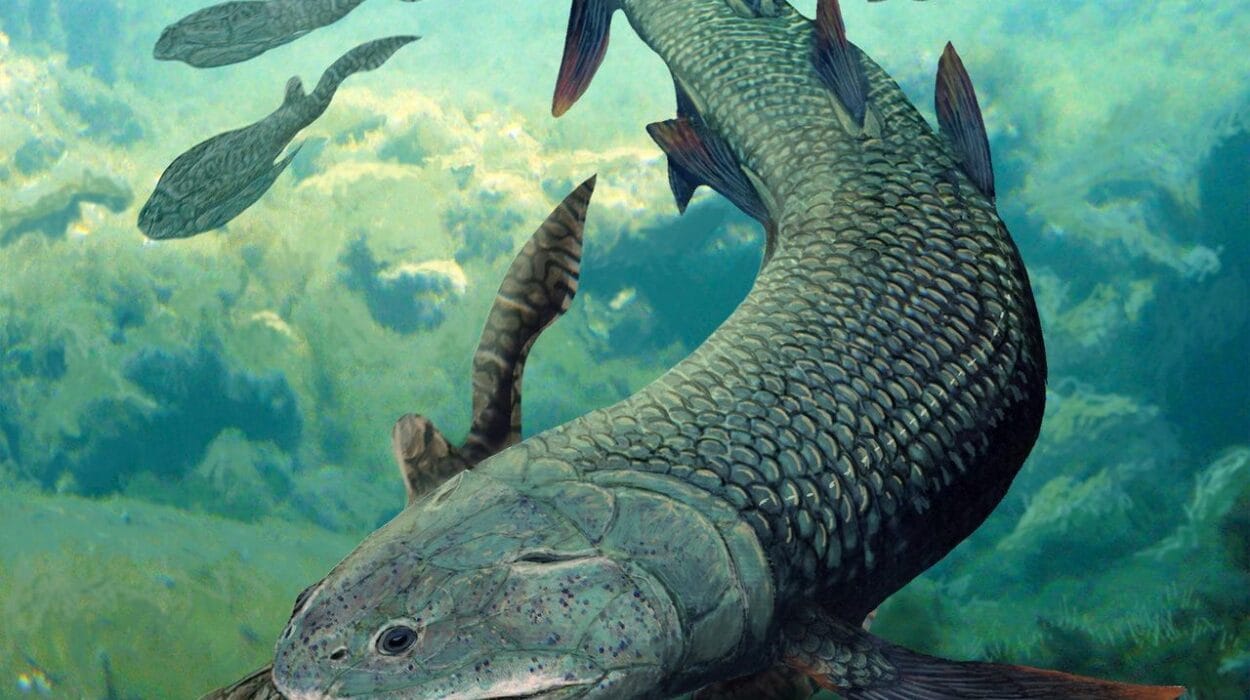Water is the lifeblood of Earth. It flows through rivers and streams, falls from the sky as rain, and drifts lazily through the air as invisible vapor. It carves canyons, nourishes forests, fills our lakes and oceans, and even cycles through every living organism—including us. But what’s truly astounding is that all the water on our planet has been part of a vast, intricate loop for billions of years. This loop has a name: the water cycle.
Also called the hydrological cycle, this never-ending system describes how water circulates through the Earth’s atmosphere, surface, and underground reservoirs. It is the beating heart of our climate, weather, and ecosystems. Yet it is far more than a mere scientific process—it is the great equalizer, a force of nature that transcends national borders, shaping civilizations and ecosystems alike.
So what exactly is the water cycle, and why is it so vital not just for understanding the planet, but for preserving it?
Earth’s Water: A Closed System in Motion
Imagine a planet-sized washing machine, endlessly spinning water through a set of processes that repeat forever. That’s essentially what the water cycle is. What’s fascinating is that Earth is a closed system for water—no significant amount enters or leaves the planet. The water we drink today has likely been around for millions of years. Perhaps it once quenched the thirst of a dinosaur, or drifted through the sky in the clouds of an ancient monsoon.
Though the quantity of water remains mostly constant, its state and location are always changing. Water transforms from vapor to liquid to ice and back again. It moves from oceans to clouds, from soil to rivers, and from living organisms back into the atmosphere. This eternal dance is driven by solar energy and the force of gravity—two of the most fundamental forces shaping our world.
Evaporation: When Water Rises
The water cycle often begins with evaporation, the process by which liquid water transforms into water vapor, a gaseous form. This change happens when water molecules gain enough energy, usually from the heat of the sun, to break free from the surface tension holding them together.
Evaporation is most prominent over oceans, which cover over 70% of Earth’s surface. As the sun shines down, the uppermost layer of ocean water absorbs energy. Molecules gain speed, vibrate faster, and some escape into the atmosphere as vapor. These molecules may have started their day as part of a gentle wave, but now they’re soaring upward, invisible to the naked eye.
While oceans are the main source, lakes, rivers, and even puddles contribute to evaporation. But it’s not just water bodies that evaporate—plants play a starring role too.
Transpiration: The Plant Connection
Trees and plants don’t just stand around looking pretty—they actively participate in the water cycle through a process called transpiration. As plants absorb water from the soil through their roots, they eventually release some of it back into the air through tiny pores in their leaves called stomata.
This moisture joins the atmosphere as water vapor, just like in evaporation. In fact, scientists often combine these two processes under a single term: evapotranspiration. In large forests like the Amazon, this process generates staggering amounts of water vapor, creating its own weather systems. The forest, in essence, breathes out moisture that helps sustain global rainfall patterns.
This beautifully interconnected process illustrates one of the water cycle’s most profound truths: everything is connected. Soil, trees, clouds, and rivers are part of a vast, living network where water is the invisible thread tying it all together.
Condensation: The Birth of Clouds
As water vapor rises higher into the atmosphere, it encounters cooler temperatures. When it cools down, it transforms back into liquid water—but in a very specific way. The vapor doesn’t just fall instantly; it first condenses onto tiny particles of dust or salt in the air. This process is called condensation.
The droplets that form are incredibly small—each one a miniature bead of water clinging to a particle. But when trillions of these droplets cluster together, they form clouds, those fluffy white or stormy gray masses that drift above us. Clouds are visible symbols of a largely invisible process. They mark the transformation of vapor back into liquid and the beginning of the next dramatic act in the water cycle.
Condensation isn’t just pretty to watch. It’s the engine behind weather systems. The clustering of water molecules releases latent heat, warming the surrounding air and influencing global wind patterns, storms, and climate zones.
Precipitation: When the Skies Open
Once water droplets in clouds become heavy enough, gravity takes over. This is when precipitation occurs—rain, snow, sleet, or hail falling from the sky. Precipitation is the grand return of water to Earth’s surface. It can arrive gently, as a mist, or violently, as a tropical downpour or icy blizzard.
The form precipitation takes depends on temperature and atmospheric conditions. If the air is cold enough, the droplets freeze into snowflakes or ice pellets. If it’s warm, they fall as rain. Regardless of form, this step is critical—it replenishes lakes and rivers, nourishes crops, recharges groundwater, and fills the reservoirs that supply cities.
And it doesn’t always fall where it’s needed. Global precipitation patterns are uneven, leading to deserts in some regions and rainforests in others. This inequality has shaped cultures and conflicts, agriculture and architecture. Entire civilizations have risen and fallen based on rainfall.
Infiltration and Percolation: The Hidden Journey Underground
Once precipitation hits the ground, it has several possible fates. Some of it flows directly into rivers and lakes, but a significant portion soaks into the soil. This process is called infiltration. How much water infiltrates depends on soil type, vegetation cover, land slope, and saturation levels.
From here, water begins a quiet, powerful journey. It moves deeper underground through a process called percolation, seeping between particles of sand, gravel, and rock. Eventually, it may join an aquifer—a vast underground reservoir that stores water for years, decades, or even millennia.
Groundwater plays a critical role in the water cycle. It provides drinking water for over two billion people and irrigation for nearly half the world’s agriculture. Yet it’s often overlooked because it moves slowly and invisibly, hidden from view.
This hidden part of the cycle is under threat. Over-pumping, pollution, and deforestation are depleting aquifers faster than nature can replenish them. Understanding groundwater’s role is essential for sustainable water management in a changing world.
Runoff and Collection: The Water Finds Its Way
Not all precipitation seeps into the ground. When rain falls too fast or the ground is already saturated, excess water begins to run off the surface. This runoff collects in streams and rivers, which eventually flow into larger bodies of water like lakes, reservoirs, and oceans.
Runoff is the water cycle’s delivery system—it moves water across landscapes, carving valleys and shaping continents. Along the way, it gathers sediments, nutrients, and sometimes pollutants. Urban runoff, for instance, can carry oils, metals, and trash into natural water systems, harming ecosystems.
Eventually, most runoff water returns to the ocean, completing its grand circuit. From there, the sun will once again warm the surface, triggering evaporation, and the cycle begins anew.
Sublimation and Deposition: The Rare Transformations
In special circumstances, water can skip a step. Sublimation is the process by which ice turns directly into vapor without becoming liquid first. This occurs in extremely cold, dry environments—such as high mountain ranges or the polar regions—where snow and ice evaporate directly into the air.
The opposite process, deposition, occurs when water vapor becomes ice without first becoming liquid. This is how frost forms on cold surfaces. While not major players in the global water cycle, these processes are important in niche ecosystems and climate dynamics, especially in places where snow and ice dominate the landscape.
The Water Cycle and Climate: A Delicate Balance
The water cycle doesn’t just respond to climate—it shapes it. Water in the atmosphere helps regulate Earth’s temperature. The evaporation of water cools the surface, while condensation releases heat into the atmosphere, influencing weather systems.
Clouds affect how much sunlight the Earth absorbs. Snow and ice reflect sunlight, keeping temperatures lower, while oceans absorb heat, contributing to warming. The interplay between the water cycle and climate is a delicate dance—and one that’s being disrupted.
Climate change is altering the water cycle. Rising temperatures increase evaporation, intensify storms, and shift rainfall patterns. Some regions are experiencing prolonged droughts; others face more frequent flooding. Glaciers are melting, and snowpacks are shrinking, threatening freshwater supplies for billions.
Understanding the water cycle is now more crucial than ever. It holds the key to predicting extreme weather, managing water resources, and adapting to a rapidly changing planet.
Water Cycle and Life: The Engine of Ecosystems
Every living thing on Earth relies on the water cycle. It shapes habitats, from rain-drenched jungles to dry savannas. It feeds rivers that sustain fish and wetlands that harbor birds and amphibians. It drives the growth of plants, which form the foundation of food webs.
In humans, the water cycle provides drinking water, sanitation, agriculture, and industrial power. Without it, life as we know it would simply not exist.
But the relationship goes both ways. Human actions—from deforestation to urbanization, from dam-building to fossil fuel burning—are reshaping the water cycle. We’re not just passengers in this system; we’re active participants. Our choices determine whether this vital cycle remains balanced or veers off course.
The Future of Water: Innovation, Stewardship, and Survival
As demand for fresh water grows, and as climate change alters the water cycle’s rhythms, humanity faces a critical challenge: how to manage and protect our water systems sustainably.
Innovations in desalination, water recycling, smart irrigation, and AI-powered forecasting are offering new tools. But technology alone isn’t enough. We need cultural, political, and educational shifts—new ways of thinking about water, not just as a commodity, but as a shared resource and sacred element.
The water cycle is one of nature’s greatest miracles. It is timeless, boundless, and beautiful. And it is calling on us—not just to understand it, but to respect it, protect it, and ensure it continues flowing for generations to come.






